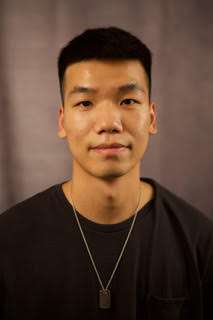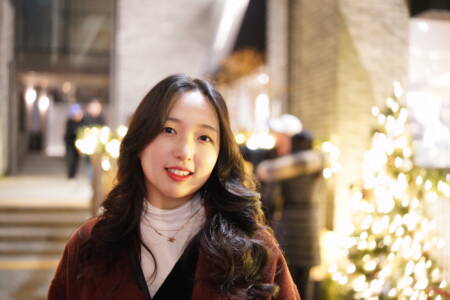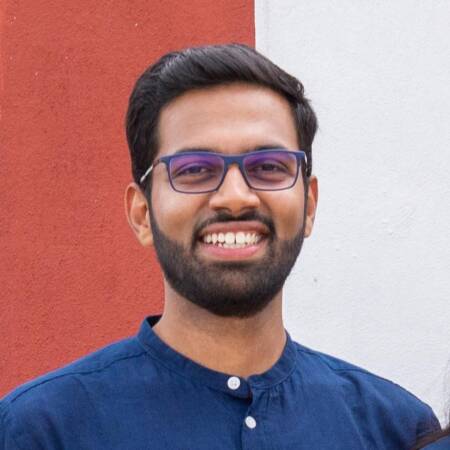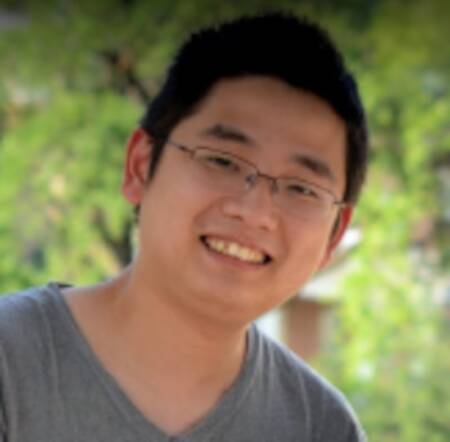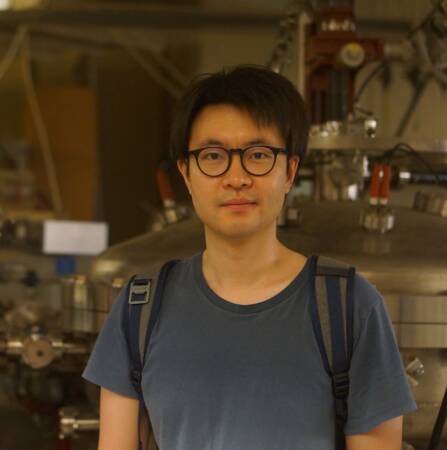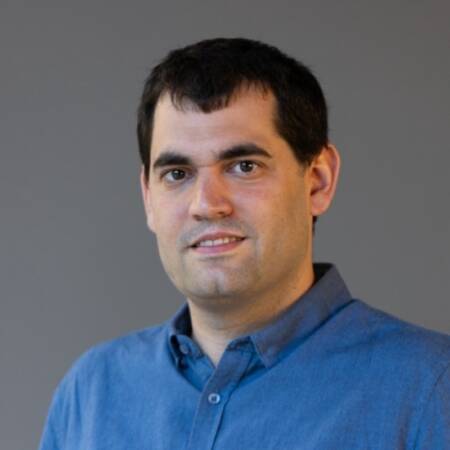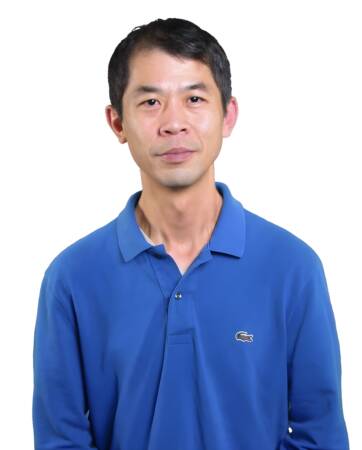VASC Seminar
Sparse-view Pose Estimation and Reconstruction via Analysis by Generative Synthesis
Abstract: This talk will present our approach for reconstructing objects from sparse-view images captured in unconstrained environments. In the absence of ground-truth camera poses, we will demonstrate how to utilize estimates from off-the-shelf systems and address two key challenges: refining noisy camera poses in sparse views and effectively handling outlier poses. Bio: Qitao is a second-year [...]
EgoTouch: On-Body Touch Input Using AR/VR Headset Cameras
Abstract: In augmented and virtual reality (AR/VR) experiences, a user’s arms and hands can provide a convenient and tactile surface for touch input. Prior work has shown on-body input to have significant speed, accuracy, and ergonomic benefits over in-air interfaces, which are common today. In this work, we demonstrate high accuracy, bare hands (i.e., no special [...]
Auptimize: Optimal Placement of Spatial Audio Cues for Extended Reality
Abstract: Spatial audio in Extended Reality (XR) provides users with better awareness of where virtual elements are placed, and efficiently guides them to events such as notifications, system alerts from different windows, or approaching avatars. Humans, however, are inaccurate in localizing sound cues, especially with multiple sources due to limitations in human auditory perception such as [...]
Generative Modelling for 3D Multimodal Understanding of Human Physical Interactions
Abstract: Generative modelling has been extremely successful in synthesizing text, images, and videos. Can the same machinery also help us better understand how to physically interact with the multimodal 3D world? In this talk, I will introduce some of my group's work in answering this question. I will first discuss how we can enable 2D [...]
High-resolution cloth simulation in milliseconds: Efficient GPU Cloth Simulation with Non-distance Barriers and Subspace Reuse Interactions
Abstract: We show how to push the performance of high-resolution cloth simulation, making the simulation interactive (in milliseconds) for models with one million degrees of freedom (DOFs) while keeping every triangle untangled. The guarantee of being penetration-free is inspired by the interior-point method, which converts the inequality constraints to barrier potentials. Nevertheless, we propose a [...]
Practical Challenges and Recent Advances in Data Attribution
Abstract: Data plays an increasingly crucial role in both the performance and the safety of AI models. Data attribution is an emerging family of techniques aimed at quantifying the impact of individual training data points on a model trained on them, which has found data-centric applications such as training data curation, instance-based explanation, and copyright [...]
Controllable Visual Imagination
Abstract: Generative models have empowered human creators to visualize their imaginations without artistic skills and labor. A prominent example is large-scale text-to-image generation models. However, these models often are difficult to control and do not respect 3D perspective geometry and temporal consistency of videos. In this talk, I will showcase several of our recent efforts to [...]
Discovering and Erasing Undesired Concepts
Abstract: The rapid growth of generative models allows an ever-increasing variety of capabilities. Yet, these models may also produce undesired content such as unsafe or misleading images, private information, or copyrighted material. In this talk, I will discuss practical methods to prevent undesired generations. First, I will show how the challenge of avoiding undesired generations [...]
The New Era of Video Generation
Abstract: Traditional video production is slow, expensive, and requires specialized skills. Founded by CMU alumni, HeyGen is an AI-native video platform designed to revolutionize the video creation process by making visual storytelling accessible to all. We've successfully grown to more than 20M users, and tens of millions revenue in less than one year, with recognition [...]
Autoregressive Models: Foundations and Open Questions
Abstract: The success of Autoregressive (AR) models in language today is so tremendous that their scope has, in turn, been largely narrowed to specific instantiations. In this talk, we will revisit the foundations of classical AR models, discussing essential concepts that may have been overlooked in modern practice. We will then introduce our recent research [...]
